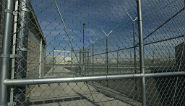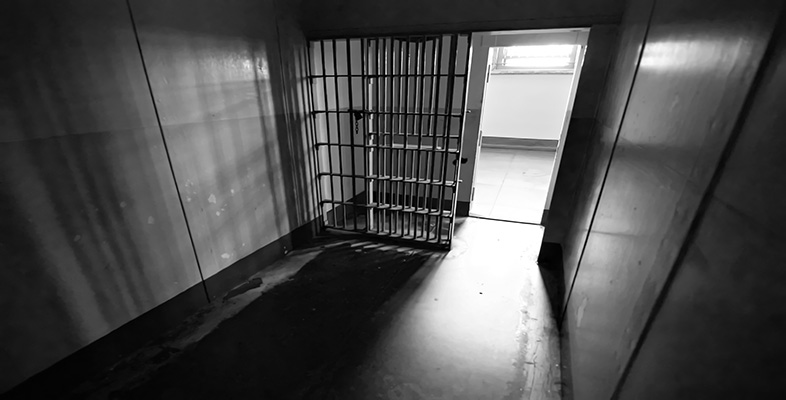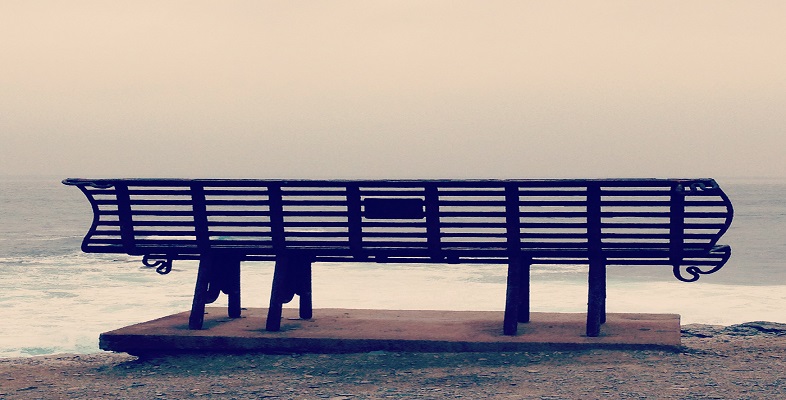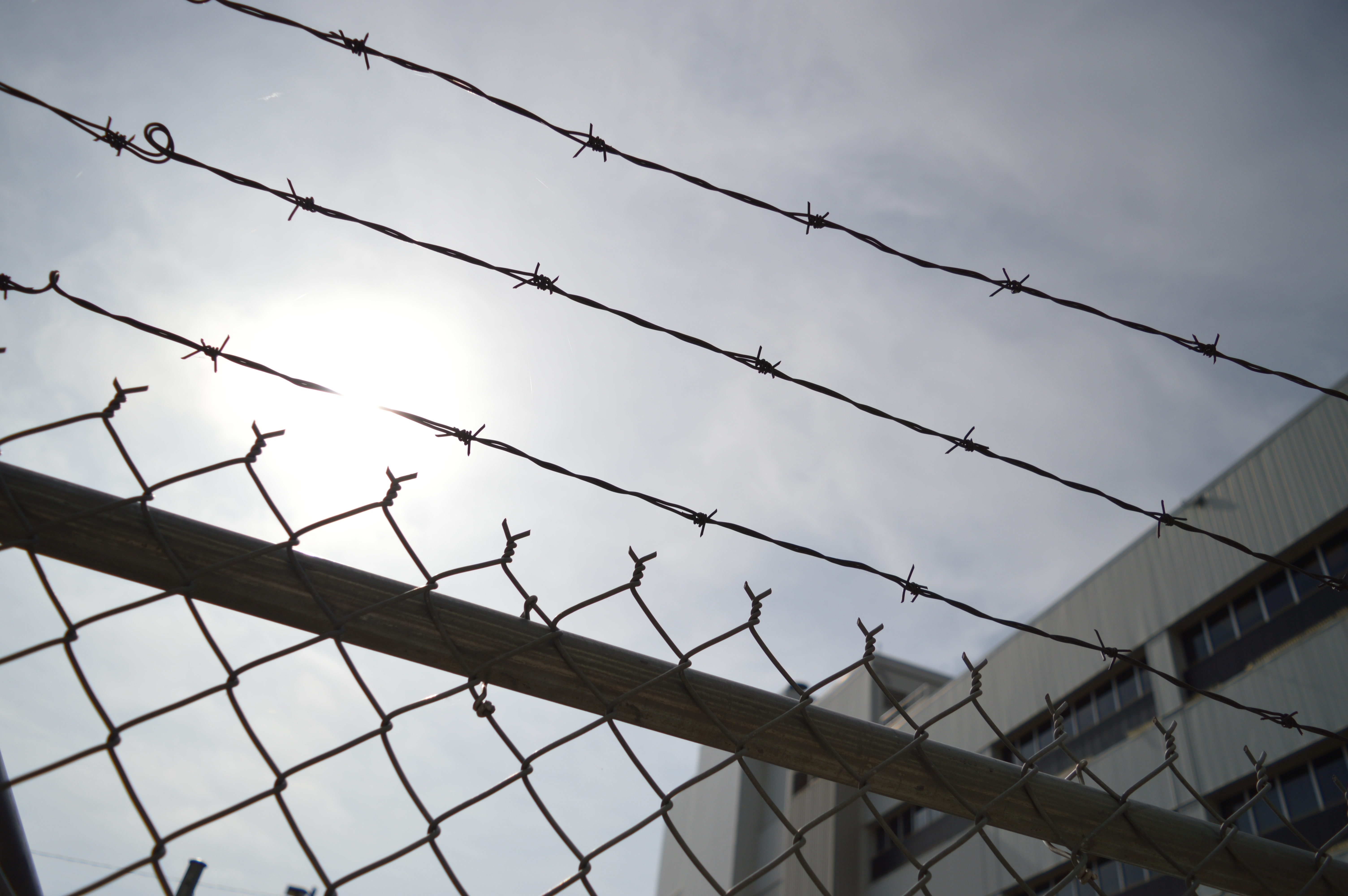The experiences of children and young people in prison has failed to create the kind of scandal which might be expected in a modern, progressive and civilised society. Children are some of the most vulnerable members of our society, yet there seems to be both public and political acceptance of their incarceration, despite mounting evidence of its terribly harmful effects. Although the number of children in prison has fallen enormously since 2007, there were 861 children in custody in England and Wales in 2018, 43 children were aged 14 or younger.
- Three in 10 children in custody in 2016–17 were there for non-violent crimes.
- 43% of children in custody feel unsafe.
- In 2018 there were an average of 377 incidents of restraint every month.
We also need to situate this also within the context of social backgrounds of the children we imprison.
More than four out of 10 (46% of children in prison) were from BAME backgrounds in 2018. This is a significant rise in BAME child prisoners from 2007 when it was 24%. As there are relatively small numbers of children in custody, a small increase or decrease in the numbers of BAME children in custody can make a significant change to the overall figure, but in recent times BAME children have accounted for between 40%-50% of all children in prison.
It is also important to highlight that significant numbers of children in custody have drug problems, learning difficulties, mental health problems and have witnessed or experienced physical or sexual violence.
- 45% of children in prison in 2018 were assessed as having a substance misuse problem.
- 89% of young people in YOIs [Young Offender Institutions] have been excluded from school.
In the documentary ‘Why we should abolish imprisonment for children and young people’ Dr David Scott talks with three leading campaigners in the UK against the imprisonment of children and young people. Carolyn Willow is a leading children rights campaigner and the director of Article 39 and has argued against imprisoning children as both a practitioner and lobbyist. Janet Cunliffe is the mother of Jordan Cunliffe, who received a life sentence at the age of 15 and is the founder of the campaign group JENGbA (Joint Enterprise Not Guilty by Association). Liz Hardy was the mother of Jake Hardy, who took his own life in HMP/YOI Hindley in January 2012 and is a leading campaigner against child prisons.
Of the 28 different countries in the European Union in 2018, life imprisonment for children had been abolished in 22.
Child life sentences
A child prisoner includes children who are held in Secure Children Homes; Secure Training Centres and Young Offender Institutions (the later hold around 70% of all children in custody).
From 2006 - 2016, 197 child life sentences were handed down. The average age of the person at the time of sentencing is 16 years, but life sentences have been handed down in this period to children as young as 13.
Of the 28 different countries in the European Union in 2018, life imprisonment for children had been abolished in 22. There are currently four children serving life imprisonment outside of the United Kingdom in the EU today, and these are all in the Republic of Ireland[i]. There were an additional two child life sentences in France prior to 2018, but this country has now abolished child life sentences and the life sentences of the two children was successfully appealed in at least one, if not both, of these cases.
When prison takes life
The regimes experienced by young people and child prisoners as one of deliberate harm which leads to thousands of children being physically, psychologically and emotionally damaged every year.
- Young people aged 18–24 accounted for more than a quarter (28%) of all self-harm incidents in 2017.
According to data from INQUEST 80 people under 21 took their own lives in child prisons between 2007-2018 (with two deaths of young people awaiting classification) and in total 312 young people under the age of 21 have died in penal custody between 1990-2018.
Young people are emotionally vulnerable and more likely to find the loss of personal relationships on the outside harder to cope with than adults.
Coping with prison life is a tenuous, relative and fluid concept that ebbs and flows over time. The real pains of imprisonment are to be found in the denial of personal autonomy, feelings of time consciousness, and the lack of an effective vocabulary to express the hardship of watching life waste away. It is also clear that custody is experienced differently by young people. Young people are emotionally vulnerable and more likely to find the loss of personal relationships on the outside harder to cope with than adults. It has long been noted how suicidal ideation is heavily influenced by the nature of responses by significant others and the ‘end of hope’. Young people also have less life experience on which to rely to help to deal with problems associated with prison life, or to manage a suicidal impulse when things are looking bleak and hopeless.
Where do we go from here?
I would therefore like to make the following three brief conclusions:
- Immediately abolish life imprisonment for children and look to house children who do serious wrongs in places of genuine care and safety;
- Raise the minimum age of criminal responsibility immediately to 14 so that we match most other European Union Countries and call for an independent review to explore the possibility of raising this to 16 as soon as possible; and
- Recognise that the pains of imprisonment are potentially deadly for children and young people, and therefore we need to think again about what we mean by child prison as a ‘last resort’.
Disclaimer: Please note the views expressed in this article and the video are those of the author and contributors, not those of The Open University.
References
[i] The 2018 information on child life sentence is derived from conversations with Children Rights International Network (CRIN) and an answer to a question asked by a TD in the Irish Dail. Thanks to James Mehigan for sharing this.
The views expressed in this article are those of the author and do not necessary reflect those of The Open University.
Read more articles like this
-

Strategies to reduce the prison population
Read now to access more details of Strategies to reduce the prison populationDr David Scott explores the rising prison population in the UK and considers a number of measures aimed at downsizing the system.
-

Radical alternatives to prison
Read now to access more details of Radical alternatives to prisonDr David Scott considers the limitations of conventional prison facilities and proposes a number of radical alternative ways of responding to human wrongdoing.
Study a free related course
-

Does prison work?
Learn more to access more details of Does prison work?Does prison work and what purpose does it serve? This free course allows you to listen to a discussion on the purpose, efficacy and regulation of prisons. Does prison benefit those serving the sentence or simply satisfy a public demand?
-

Mindfulness in mental health and prison settings
Learn more to access more details of Mindfulness in mental health and prison settingsThis free course, Mindfulness in mental health and prison settings, introduces the key ideas and practices of mindfulness, describes how it is helping counselling clients and prisoners, and also looks at some of the criticisms mindfulness has received in recent years.
-

Criminology beyond crime
Learn more to access more details of Criminology beyond crimeThis free course, Criminology beyond crime, examines the notion of 'social harm' as an alternative to the legal definition of 'crime'. To illustrate this concept, the course considers developments in Green Criminology, which have sought to examine the problems of global environmental harm and the myriad interactions between human beings and the ...

Rate and Review
Rate this video
Review this video
Log into OpenLearn to leave reviews and join in the conversation.
Video reviews